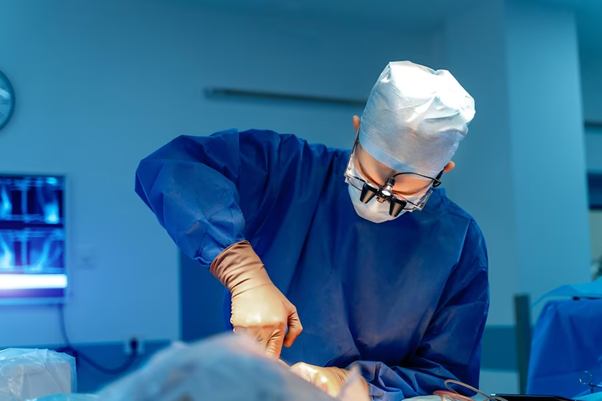Knee arthroscopy is a minimally invasive surgical procedure that has gained popularity for its effectiveness in diagnosing and treating various knee joint issues. This procedure involves the use of a specialized tool called an arthroscope, equipped with a camera, to investigate and address problems within the knee joint.
Uses and Benefits
Knee arthroscopy offers a less invasive alternative to open surgery for diagnosing and treating a range of knee problems. Some of the key issues that can be addressed through knee arthroscopy include:
- Persistent Joint Pain and Stiffness
- Damaged Cartilage
- Floating Bone or Cartilage Fragments
- Fluid Buildup
One of the primary advantages of knee arthroscopy is its minimally invasive nature, which translates into several benefits for patients:
- Reduced tissue damage compared to open surgery
- Faster healing times
- Fewer stitches required, resulting in smaller scars
- Less post-operative pain
- Lower risk of infection due to smaller incisions
However, it is important to note that knee arthroscopy may not be suitable for individuals with degenerative knee conditions or osteoarthritis, as it may not provide substantial benefits in such cases.
How to Prepare?
Proper preparation for knee arthroscopy is crucial to ensure a successful procedure and smooth recovery. Here are some essential steps to take before undergoing knee arthroscopy:
- Discuss all prescribed medications with your doctor.
- Depending on the type of anesthesia used, you may need to refrain from eating or drinking for up to 12 hours before the procedure. Your doctor will provide specific guidelines.
- If prescribed, fill your pain medication prescription before the surgery to have it readily available for post-operative pain management.
Procedure
Knee arthroscopy is typically performed in an outpatient setting and usually takes less than an hour. The choice of anesthesia will depend on the extent of the procedure.
Small incisions are made around the knee to allow access for the arthroscope and surgical instruments.
A saline solution is injected into the knee to expand the joint, providing a clearer view for the surgeon.
The arthroscope, equipped with a camera, is inserted through one of the incisions, allowing the surgeon to visualize the interior of the knee on a monitor.
The surgeon identifies and addresses the problem using specialized instruments inserted through the other incisions.
After the issue is resolved, the saline solution is drained from the knee, and the incisions are closed with stitches.
Knee arthroscopy is known for its efficiency, with most procedures completed in less than an hour.
Risks
While knee arthroscopy is generally considered safe, like any surgical procedure, it carries certain risks. It’s essential to be aware of these potential complications, even though they are relatively uncommon:
Infection: There is a slight risk of infection during and after the surgery.
Excessive Bleeding: Some patients may experience more bleeding than expected.
Anesthesia-Related Risks: Anesthesia can lead to allergic reactions or breathing difficulties in rare cases.
Specific risks associated with knee arthroscopy include:
- Chronic stiffness in the knee
- Accidental damage to surrounding tissues and nerves
- Infection within the knee joint
- Bleeding within the joint
- Blood clots
It is important to remember that these risks are infrequent, and most individuals recover without complications.
Recovery
Recovery from knee arthroscopy is typically faster and less painful compared to open surgery. Here are some general tips for a smooth recovery:
Ice and Elevation: Applying ice packs to the surgical site can help reduce swelling and alleviate pain. Elevating the leg for several days after surgery also aids in swelling reduction.
Rest: Adequate rest is crucial for the healing process. Avoid putting excessive weight on the operated knee and follow your doctor’s recommendations regarding weight-bearing.
Dressing Care: Regularly change the dressing on the incisions as instructed by your healthcare provider to prevent infection.
Pain Management: Your doctor may prescribe pain medication or recommend over-the-counter pain relievers for pain management. Follow the prescribed medication regimen.
Mobility: Depending on your specific case, you may need to use crutches or a knee brace temporarily. Adhere to your doctor’s advice regarding mobility.
Exercises: Physical therapy plays a significant role in recovery. Your doctor or physical therapist may recommend specific exercises to strengthen the muscles around the knee and improve range of motion.
Recovery times can vary from person to person, but as a general guideline:
Light activity may be resumed within 1-3 weeks.
Most physical activities can typically be resumed within 6-8 weeks.
The success of knee arthroscopy often hinges on following the prescribed treatment plan, including exercises and self-care measures. By adhering to your doctor’s recommendations and actively participating in your recovery, you can optimize the outcome of knee arthroscopy and enjoy improved knee health.


